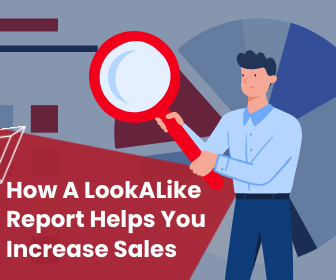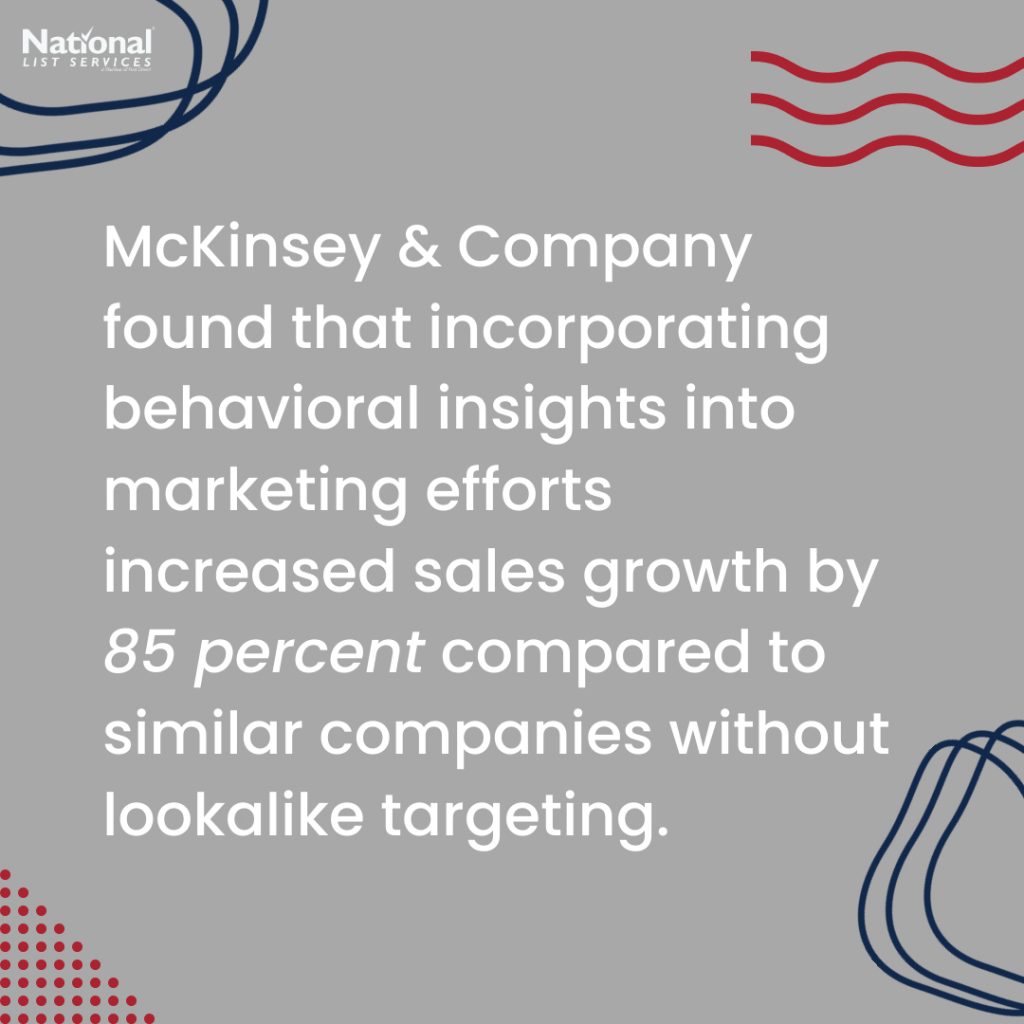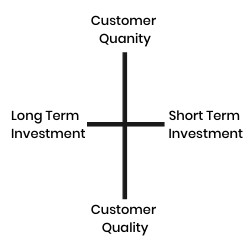Data, Analytics, and Insight: What’s The Difference?

Data, analytics, and insight is kinda our thing. However, it seems like a lot of people use those words almost interchangeably. Are they the same thing? What do they mean for your business?
Data = The Information
Analytics = The Connections
Insights = The Actions
Data is pure information. For example, data about your current customers (first party data) is information such as average age, gender, location, or occupation. Analytics are the patterns that connect those things.
That would mean that data is knowing that you sent over 20,000 emails in June 2021. Analytics are knowing that your average open rate is 22.8% and your click through rate is 0.09%. The analytics show you a clearer image of the data.

I heard a really great illustration about this recently. Thinking about data and analytics can be compared to looking at an impression painting (like this one: The Cliff of Aval Etretat by Claude Monet.) Up close, all you see are the brush strokes and colors. That’s like looking at raw data. You can see what it is made off. But if you back up a few feet and look at the painting, you can see what the image actually is. Similarly, looking at analytics gives a more complete view of your data.
What’s the advantage of Insight?

Insight is the action connected to the analytics. Taking the example of 20,000 emails, insight would taking the knowledge that you have a great open rate but a terrible CTR and doing something about it. Applying insight means changing your call to actions or link to generate a better click through rate.
What’s another way to apply insights?
Building a Buyer Persona
What is a buyer persona? In the simplest terms, a buyer persona is exemplification of all of your customers. The most common way to do this is to create a fictional person that has the most common demographics and interests of your customers. Basically, you take data, analyize it, and then use insight to act.
Ask yourself: What are your customers common denominators? (Data) What do they want? (Analytics) What are their pain points? (Analytics) Once you have this information, it can be combined into a person you can picture makes it easier to connect with the crowd. (Insights)
Jim Edwards from Funnel Scripts explains buyer personas as the main character in the story of your company’s customer journey. Although your company already has its own personality, (or brand) in order to success the narrative you’re telling haws to focus on what the customer wants and needs. You are there to help them get to where they want to go. Jim Edwards example buyer persona was for a weight loss company. Their buyer persona is a middle-aged unicorn named Fred who needs to lose weight if he wants to be successful at his quests. Fred is the main character in the story. The weight-loss company is there to help him.
What data do you need to create a buyer persona?
Like any good main character, your buyer persona needs to be well rounded. It needs to have a purpose, interests, goals, and struggles. It’s especially important to know what motivates them so you can help them.
Here’s some common buyer persona attributes.
- What are their basic demographics?
What gender to they identify as? How old are they? Where do they live? What is their relationship status? Are they educated? - What do they do for work?
What’s their job title and description? But more than that, are they a decision maker? What do they influence at work? - What are their interests?
Do they have hobbies or interests? What do they do in their free time? Are they part of a community? - What do they want and why can’t they have?
This a big thing for figuring out what you can do to help them! What are their goals and dreams? What are their pain points? Like, what keeps them up at night? - Why wouldn’t they buy from you?
What’s stopping them from buying from you? What objections may they have? - What ways would they prefer to interact with you?
Do they use social media? Do like a particular social media? Is a phone call the best way to reach them?
Using data, analytics, and insight is essential to having a successful business. What ways to you implement data in your business?
How A Lookalike Report Helps You Increase Sales

LookALike audiences have been a go-to targeting tool for almost a decade. Even before digital marketing, marketers used current audience demographics to target potential customers. With a growing number of AI tools available, businesses of all sizes have access to LookALike targeting. How can you use a LookALike Report to increase sales?
What is a LookALike Report?
Pioneered by Facebook in 2013, a LookALike report uses common attributes and demographics of your current audience to find more customers who “look like” them. These attributes can be anything from age and location to interests and hobbies. The more commonalities between your audience the more accurate your LookALike report will be.
Although originally only a tool on social media, LookALike reports are now available on many different types of platforms. For example, we often build LookALike reports with raw CRM data.

How to Maximize Your Report to Increase Sales
As great as it would be to dump all your current audience information into a LookALike report and get back a list of new customers, it usually takes a more finesse than that. Here’s 5 tips and tricks to take out some of the guess work.
#1 Define Your Audience
The goals of LookALike reports can be different so it’s important to start with the right data seeds or source audience. Since LookALike reports are based on the data you input, it really important that the data you start out with is accurate and will accomplish what you want. For example, do you want to find new customers that are like all your customers or like your best current customers?
The amount of data you can use to start with varies greatly. Facebook recommends anywhere between 1,000 and 50,000 people. Although they do say that starting with “a larger audience increases your potential reach but reduces the level of similarity between the Lookalike Audience and source audience.” Those differences between your source data and LookALike audience could be the difference between a sale or not.
Where can you get source data? Here’s three different source audiences:

- CRM Data
Seeds defined by existing CRM data match lookalike audiences with information gathered from existing customers, such as email, physical addresses, and phone numbers. However, this data is usually too broad and needs to be narrowed down to create an accurate base for a LookALike report.
- Social Media Engagement Data
Data from social media audience can also be used as a seed that a LookALike report is based on. This data is usually based on characteristics like page views and likes.
- Conversion Data
Source data based on conversion data are usually your “best customer” seeds. These are customers who have already competed and action with your business.
#2 Get Used to Segmenting Your Data
Building out your LookALike report will be a lot easier when you have a specific product or audience segment in mind. Knowing what you want to use this new audience data for will help you pick the right demographics to target. This is where audience segmenting comes in. Finding the right demographics will be easier if you already have your audience data organized or tagged by demographics.

#3 Connect Your LookALike Goals to Your Marketing Goals
Targeting using a LookALike audience can give you a higher ROI and help you reach your marketing targets. For example, if your company has found that you get higher engagements on mobile devices, you can build a LookALike report from those people. By targeting those people, you can direct your marketing efforts towards the audience most likely to help you reach your goals.
#4 Target and Retarget and Retarget
Targeting the right audience is effective, retargeting adds even more. Using a LookALike audience in a retargeting campaign adds to specific information gathered in the initial campaign. And since retargeting uses a lot of the same principles as building a LookALike audience, they go hand in hand.
#5 Switch Up Your Platforms
Facebook isn’t the only platform that supports LookALike reports. Many online platforms have LookALike audience builders built in. Switch up your platform to test new audiences and ways of reaching them. And as we mentioned earlier, we often use raw CRM data to build a LookALike report within our list system. The data we get from those reports can be used for any type of marketing.
Have you ever used a LookALike Report?
Is Insight In Marketing Important?

What is the difference between using data and using data effectively? Having insight or discernment is the key. Think about the old adage: knowledge is knowing that a tomato is a fruit, wisdom is knowing that it doesn’t belong in a fruit salad. Therefore if data = knowledge, then insight helps you to now where to put it effectively.
For years, marketing strategies and programs were laid out the same way. Now due partly to social media and digital marketing capabilities, people want a personal experience. That experience based marketing is only possible if you can use the right data in the right way.
Many companies start off by trying to get as many customers a possible. Then after a certain point, they level off because they don’t know who their customers are or how to reach them.
Once you have figured out your audience, it can be hard to know whats the next step.

Data marketing company V12 suggests making a chart with long term vs short term investments on one axis and customer quantity verses quality on the other. Then fill in the chart with all of your possible marketing strategies, programs, and solutions. Thinking about possible strategies this way makes it easier to formulate a plan that yields the biggest bang for your buck.
In what ways do you that insight helps a marketing strategy?
